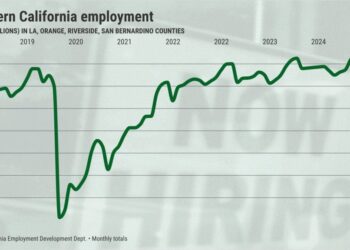Digesting Market Moves
Stocks saw big swings last week and bonds rallied after a catalyst-filled week. Ten-year U.S. Treasury yields dropped 20 basis points and the S&P 500 dropped below its 50-day moving average. Additionally, the VIX (a standard measure of equity market volatility) reached its highest level since 2023. There are plenty of potential reasons for newfound market volatility:
• Emerging narrative that the Federal Reserve may be “behind the curve,” considering weaker labor market and manufacturing data
• Month-end positioning turbulence
• Continuing geopolitical tensions
• The U.S. presidential election
• Earnings reports

If investors can take a bit of solace following a volatile week, it’s that fixed income admirably performed its traditional role. The U.S. Aggregate Bond Index rose +1.3% despite the volatility in stock markets. The return of fixed income as a buffer to portfolios should help investors stick with their long-term plans. A September rate cut is now fully priced in, and traders even suggest a slight probability of a cut greater than 25 bps. When the Fed starts cutting rates, cash yields will drop quickly. Many parts of core fixed income (including municipal bonds and investment-grade corporates) are on par with or outyielding cash. Investors can better position their portfolios by extending their duration and locking in higher yields for longer. In all but one cutting cycle in the last 54 years, core bonds have outperformed cash. We believe investors should lock in elevated yields while they last.
A milestone for rates
In rates, it was a milestone for the 10-year, which dropped below 4% for the first time since February. Futures markets now fully price in three 25-basis-point rate cuts in 2024, with a slight possibility for more.
The Fed has been “on hold” for a year, but we think rate cuts are on deck for September. Since the Fed’s last hike on July 26, 2023, the S&P 500 has returned over 22% (the second-highest…
Read the full article here







